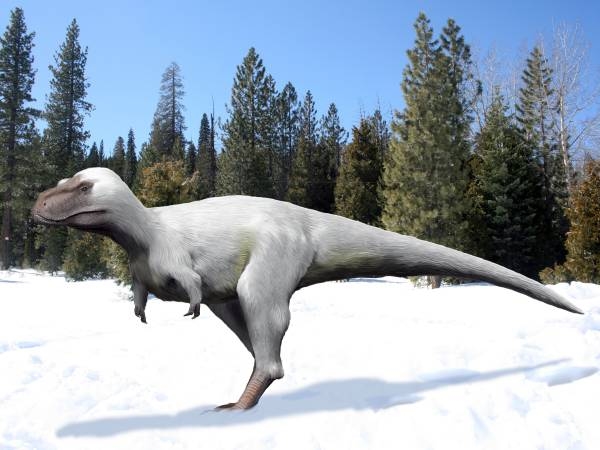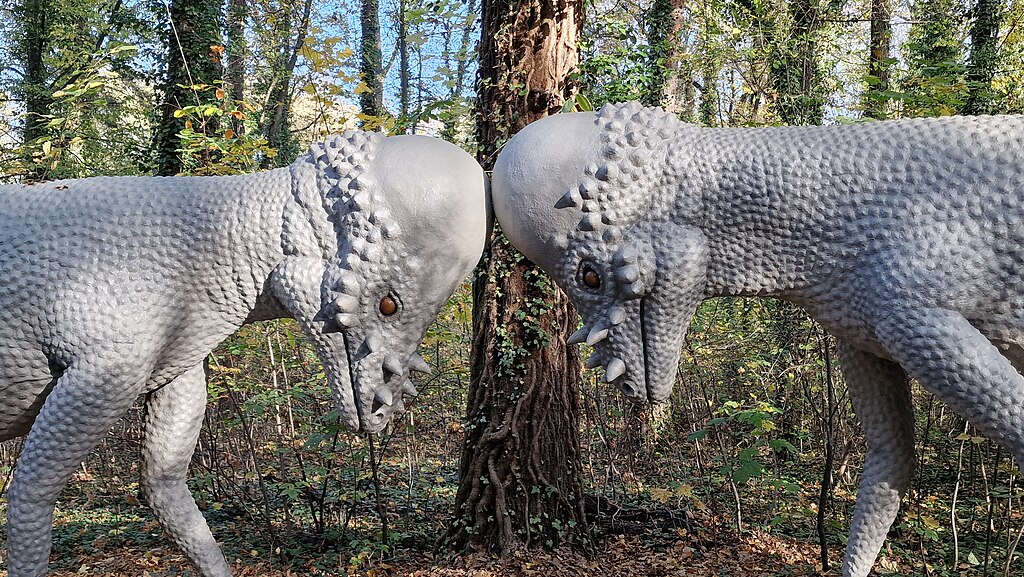Dinosaurs, those magnificent creatures that once ruled our planet for over 165 million years, continue to captivate our imagination despite having vanished approximately 66 million years ago. While paleontologists have made remarkable strides in understanding dinosaur anatomy, behavior, and even some aspects of their appearance through fossil evidence, certain physiological capabilities remain shrouded in mystery. One particularly fascinating question is whether dinosaurs could blush or change their skin color like some modern reptiles and birds. This article explores the scientific evidence, related animal adaptations, and expert theories that might help us understand if dinosaurs possessed these remarkable color-changing abilities.
The Science of Color Change in Modern Animals

Color change in animals today occurs through several distinct mechanisms, each with varying degrees of speed and control. Chromatophores—specialized cells containing pigments—form the foundation of most color-changing systems in reptiles, amphibians, and fish. Some animals, like chameleons, use structural color changes by manipulating crystal-like nanostructures within their skin cells to reflect different wavelengths of light. Birds, the direct descendants of dinosaurs, often display color through both pigmentation and structural features in their feathers and skin. These mechanisms serve crucial functions, including camouflage, temperature regulation, communication, and mating displays. Understanding these modern systems provides a framework for hypothesizing about potential dinosaur capabilities, especially given their evolutionary relationships to extant species that demonstrate these abilities.
The Bird-Dinosaur Connection

The evolutionary relationship between birds and dinosaurs represents one of the most compelling lines of evidence when investigating dinosaur physiology. Modern birds are direct descendants of theropod dinosaurs, specifically a group called maniraptoran dinosaurs, which includes the famous Velociraptor. This relationship has been firmly established through extensive fossil evidence and comparative anatomy studies. Birds possess specialized mechanisms for displaying colors, particularly in facial regions like wattles and combs, which can change color rapidly through adjustments in blood flow—essentially, birds can blush. Since birds inherited many physiological traits from their dinosaur ancestors, this connection suggests that at least some dinosaur species might have possessed similar capabilities. The conserved developmental pathways between these groups provide a strong foundation for theorizing about dinosaur color change abilities.
Fossil Evidence of Dinosaur Skin
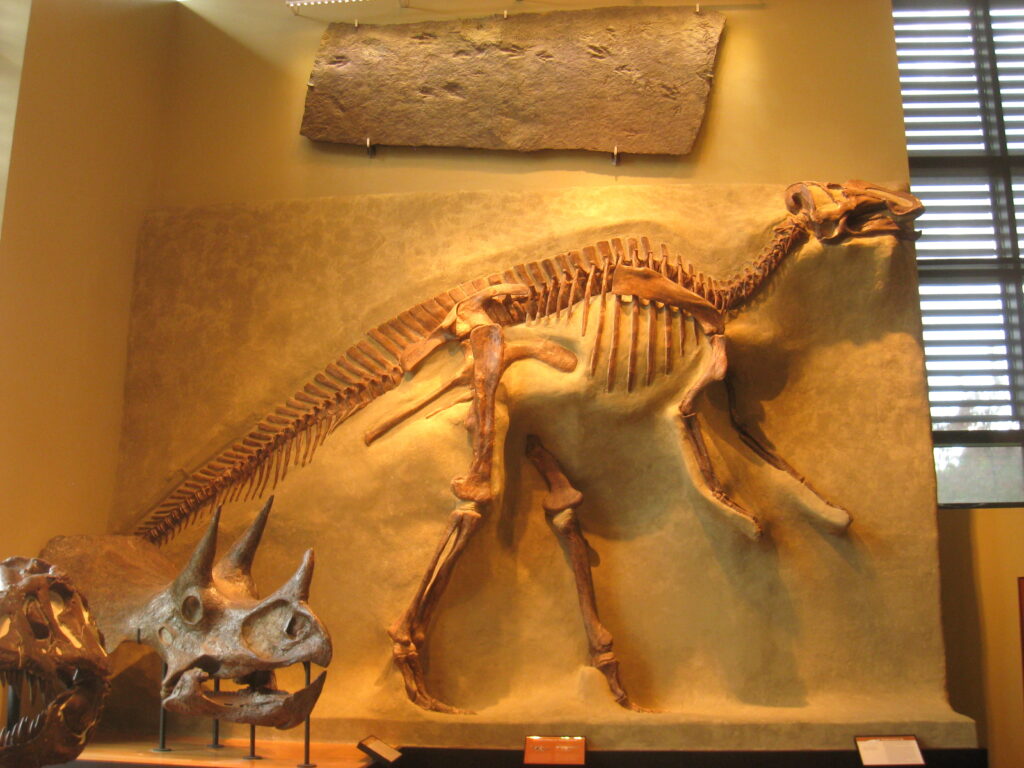
Remarkably preserved dinosaur skin impressions have provided valuable insights into the texture and structure of dinosaur integument. While soft tissues rarely survive the fossilization process, exceptional specimens with skin impressions have been discovered across various dinosaur groups. These fossils reveal diverse skin textures, from small, pebbly scales to larger, plate-like structures, depending on the species and body location. Some hadrosaur (duck-billed dinosaur) specimens show particularly detailed skin impressions with complex patterns of scales and folds. However, these fossils typically preserve only physical structures rather than biochemical components that would indicate coloration mechanisms. The fossilization process generally doesn’t preserve the specialized cells like chromatophores that would be responsible for color change, creating significant challenges for directly detecting color-changing capabilities from fossil evidence alone.
Structural Evidence for Potential Color Change

Although direct evidence of color-changing cells rarely survives in fossils, paleontologists can look for structural features that might indicate their presence. Some exceptionally preserved dinosaur fossils show evidence of melanosomes—structures containing melanin pigments—which have been identified in fossil feathers and occasionally in skin impressions. These structures indicate that dinosaurs possessed at least some of the cellular machinery necessary for color production. Certain dinosaur species, particularly those with elaborate display structures like frills, crests, or wattles, might have been anatomically equipped for color changes through increased blood flow, similar to modern birds. The presence of extensive blood vessel networks in these display structures, when identifiable in fossils, suggests the possibility of color modulation through controlled blood perfusion. These structural components provide intriguing, albeit indirect, evidence for potential color-changing capabilities in some dinosaur species.
Theropod Dinosaurs and Color Change
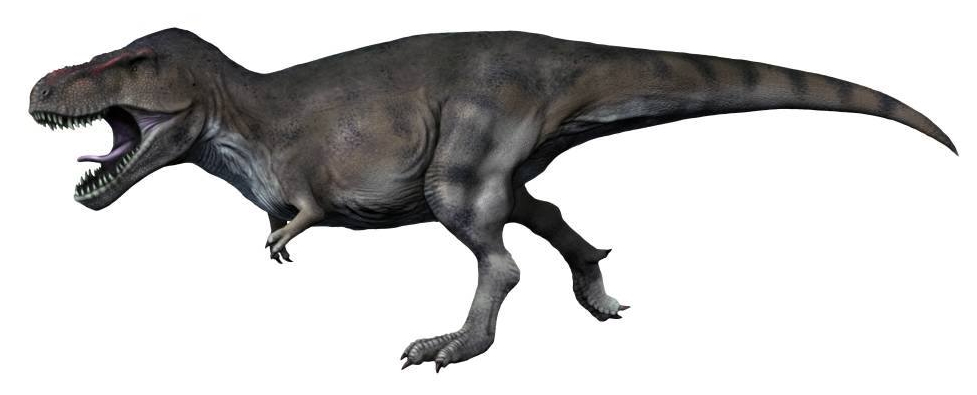
Theropod dinosaurs, the group that includes Tyrannosaurus rex and eventually gave rise to birds, may have been the most likely candidates for color-changing abilities among dinosaurs. Their close evolutionary relationship to birds suggests they might have shared similar physiological mechanisms. Some theropod fossils show evidence of feather-like structures, which in modern birds can display dynamic color through both pigmentary and structural mechanisms. Smaller, more bird-like theropods such as Microraptor and Sinosauropteryx have preserved evidence of color-producing melanosomes in their feathers, confirming they possessed at least basic color-generating capabilities. The presence of facial skin with minimal feather covering in some theropods could have allowed for the development of display regions capable of color change through blood flow regulation. These combined factors make theropods particularly interesting candidates when investigating potential color-changing capabilities in the dinosaur world.
Ornithischian Dinosaurs: Another Possibility

Ornithischian dinosaurs, including familiar groups like Triceratops, Stegosaurus, and hadrosaurs, represent another branch of the dinosaur family tree with potential for color-changing capabilities. Many ornithischians evolved elaborate display structures such as frills, plates, and crests that could have served as visual communication devices. These structures were often highly vascularized, containing extensive networks of blood vessels that could potentially modulate color through changes in blood flow. Some hadrosaurs had particularly complex facial tissues and expanded nasal passages that may have supported inflatable display structures, similar to those seen in some modern reptiles and birds. Recent studies of exceptionally preserved hadrosaur skin have revealed complex scale patterns and potential evidence of specialized skin structures that might have played roles in display or thermoregulation. While not as closely related to birds as theropods, these dinosaurs may have independently evolved similar physiological mechanisms for visual communication.
Evolutionary Advantages of Color Change

The ability to change color would have provided dinosaurs with several significant evolutionary advantages in their ancient ecosystems. Camouflage represents perhaps the most obvious benefit, allowing dinosaurs to blend with their environments to avoid predation or to ambush prey more effectively. Social signaling through color change could have facilitated complex behaviors such as territorial disputes, mating rituals, and dominance hierarchies without requiring physical confrontations that might result in injury. Thermoregulation presents another potential advantage, as some modern reptiles change color to absorb or reflect heat depending on environmental conditions, which would be particularly valuable for animals living in variable climates. Emotional states, including stress, aggression, or receptivity to mating, could have been communicated through rapid color changes, similar to how some modern animals display visual signals during different behavioral contexts. These adaptive advantages could have driven the evolution of color-changing mechanisms in at least some dinosaur lineages.
The Physiology of Dinosaur “Blushing”

True blushing, as humans experience it, involves increased blood flow to the skin’s surface in response to emotional states. While we cannot directly observe dinosaur behavior, we can examine the physiological requirements for such a mechanism. Dinosaurs almost certainly had a well-developed cardiovascular system, as evidenced by their relationship to birds and crocodilians, both of which have four-chambered hearts and sophisticated blood vessel networks. Many dinosaurs, particularly ornithischians and theropods, possessed facial regions with thin skin that could have readily displayed changes in blood flow. The presence of display structures with extensive vascularization suggests that at least some dinosaurs had the anatomical features necessary for blood-flow-based color changes. Neurological control of blood vessel dilation, required for emotion-linked color changes, exists in both birds and reptiles today, suggesting their dinosaur ancestors may have possessed similar capabilities. While not identical to human blushing, dinosaurs may have had analogous mechanisms for displaying emotional or physiological states through controlled changes in blood flow to certain body regions.
Evidence from Dinosaur’s Living Relatives

Examining the extant phylogenetic bracket—living animals most closely related to dinosaurs—provides valuable insights into potential dinosaur capabilities. Birds, as direct descendants of theropod dinosaurs, display remarkable color change abilities, particularly in unfeathered areas like wattles, combs, and facial skin, which can rapidly shift colors through changes in blood perfusion. Crocodilians, the other living archosaur group related to dinosaurs, possess more limited color change abilities but can adjust their skin tone through longer-term physiological processes, particularly for thermoregulation. Some crocodilians also show increased blood flow to facial regions during social displays. Other reptiles like chameleons and anoles, while more distantly related, demonstrate that sophisticated color change mechanisms have evolved multiple times within reptile lineages. The presence of color-changing abilities in both groups that bracket dinosaurs phylogenetically—birds and crocodilians—strongly suggests that dinosaurs may have possessed at least some color change capabilities, particularly in specialized display regions.
Recent Breakthroughs in Dinosaur Color Research

The past decade has witnessed remarkable advances in our understanding of dinosaur coloration through innovative analytical techniques. Researchers have successfully identified melanosomes—cellular structures containing pigments—in exceptionally preserved dinosaur fossils, allowing for the reconstruction of some dinosaur colors for the first time. Sinosauropteryx, a small theropod from China, has been shown to have possessed a reddish-brown striped tail based on the shape and arrangement of preserved melanosomes. Advanced scanning techniques, including synchrotron rapid scanning X-ray fluorescence, have revealed traces of original chemical signatures in some fossils, providing insights into potential pigmentation patterns. Molecular analysis of exceptionally preserved fossils has occasionally detected remnants of original proteins and other biomolecules that might indicate color-producing mechanisms. These technological breakthroughs have revolutionized our understanding of dinosaur appearance, though they have thus far provided more information about permanent coloration rather than color-changing abilities.
Limitations in Studying Prehistoric Color Change
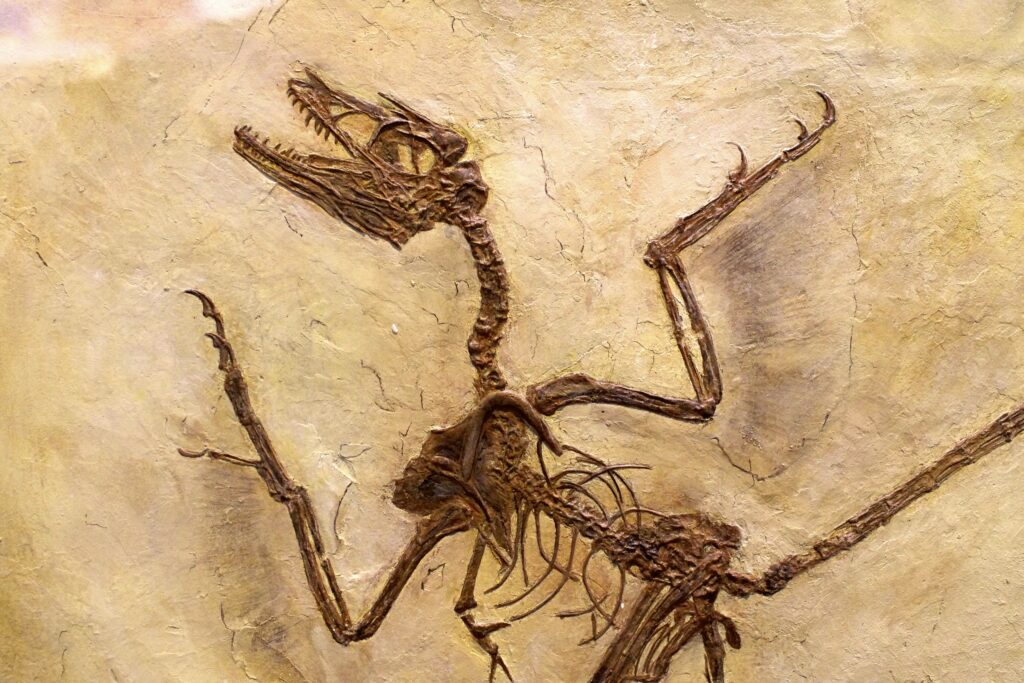
Despite significant scientific advances, researchers face substantial challenges when investigating color-changing abilities in extinct animals. The specialized cells responsible for dynamic color change, such as chromatophores, rarely preserve in the fossil record due to their delicate nature. The biochemical pathways and neural controls that would regulate color change are similarly absent from the fossil evidence. Soft tissues that might have been involved in display or color change typically decompose rapidly after death, leaving paleontologists with only indirect evidence at best. Behavioral aspects of color change—such as triggers, contexts, and functions—cannot be directly observed in extinct animals. These limitations force scientists to rely heavily on comparative anatomy with living relatives, theoretical models, and careful extrapolation from preserved structures. While these approaches provide valuable insights, they inevitably leave significant uncertainty about the precise nature and extent of dinosaur color-changing abilities.
Expert Opinions and Scientific Consensus

The scientific community maintains a spectrum of views regarding dinosaur color-changing abilities, reflecting the inherent uncertainty in studying features rarely preserved in fossils. Many paleontologists consider it plausible that some dinosaurs, particularly advanced theropods closely related to birds, possessed limited color-changing abilities similar to their avian descendants. Dr. Jakob Vinther, a leading researcher in dinosaur coloration, has suggested that while permanent pigmentation patterns have been confirmed in some dinosaurs, the evidence for dynamic color change remains largely circumstantial. Paleontologist Dr. Mary Schweitzer, renowned for her work on preserved dinosaur soft tissues, has emphasized that the cellular structures necessary for rapid color change might have existed but would be extremely difficult to identify in fossils. Other experts point to the widespread nature of at least basic color-changing mechanisms across reptile lineages as evidence supporting similar capabilities in dinosaurs. Tal consensus acknowledges the possibility of color-changing abilities in dinosaurs while recognizing the significant evidentiary limitations that prevent definitive conclusions.
Future Research Directions

The quest to understand dinosaur color-changing abilities continues to evolve alongside technological innovations in paleontological research. Advanced imaging techniques, including synchrotron X-ray fluorescence imaging and scanning electron microscopy, offer increasingly detailed views of fossil microstructures that might reveal evidence of chromatophores or other color-producing mechanisms. Molecular paleontology—the study of preserved biomolecules in fossils—represents a promising frontier that might eventually detect chemical signatures associated with color-changing mechanisms. Comparative studies with living dinosaur relatives, particularly focused on the genetic basis of color production in birds, could provide insights into ancestral capabilities. Mathematical modeling of dinosaur physiology, incorporating known anatomical features and evolutionary relationships, might help predict which dinosaur groups were most likely to possess color-changing abilities. The search for exceptionally preserved fossils in fine-grained sediments continues to be crucial, as these rare specimens offer the best chance of preserving delicate structures associated with color production and change.
Conclusion

While definitive evidence of dinosaur color-changing abilities remains elusive, multiple lines of evidence suggest that at least some dinosaur species could likely change their skin color to some degree. Their evolutionary position between color-changing modern birds and reptiles, combined with anatomical features like highly vascularized display structures, points toward potential capabilities ranging from slow background color adaptation to more rapid emotional displays akin to blushing. Though we may never know with absolute certainty which dinosaurs could change color or exactly how they did so, ongoing research continues to narrow these gaps in our understanding. The possibility that T. rex could blush with excitement or that Triceratops could flush its frill with color during courtship adds another fascinating dimension to our vision of these remarkable animals that dominated Earth for so long.


